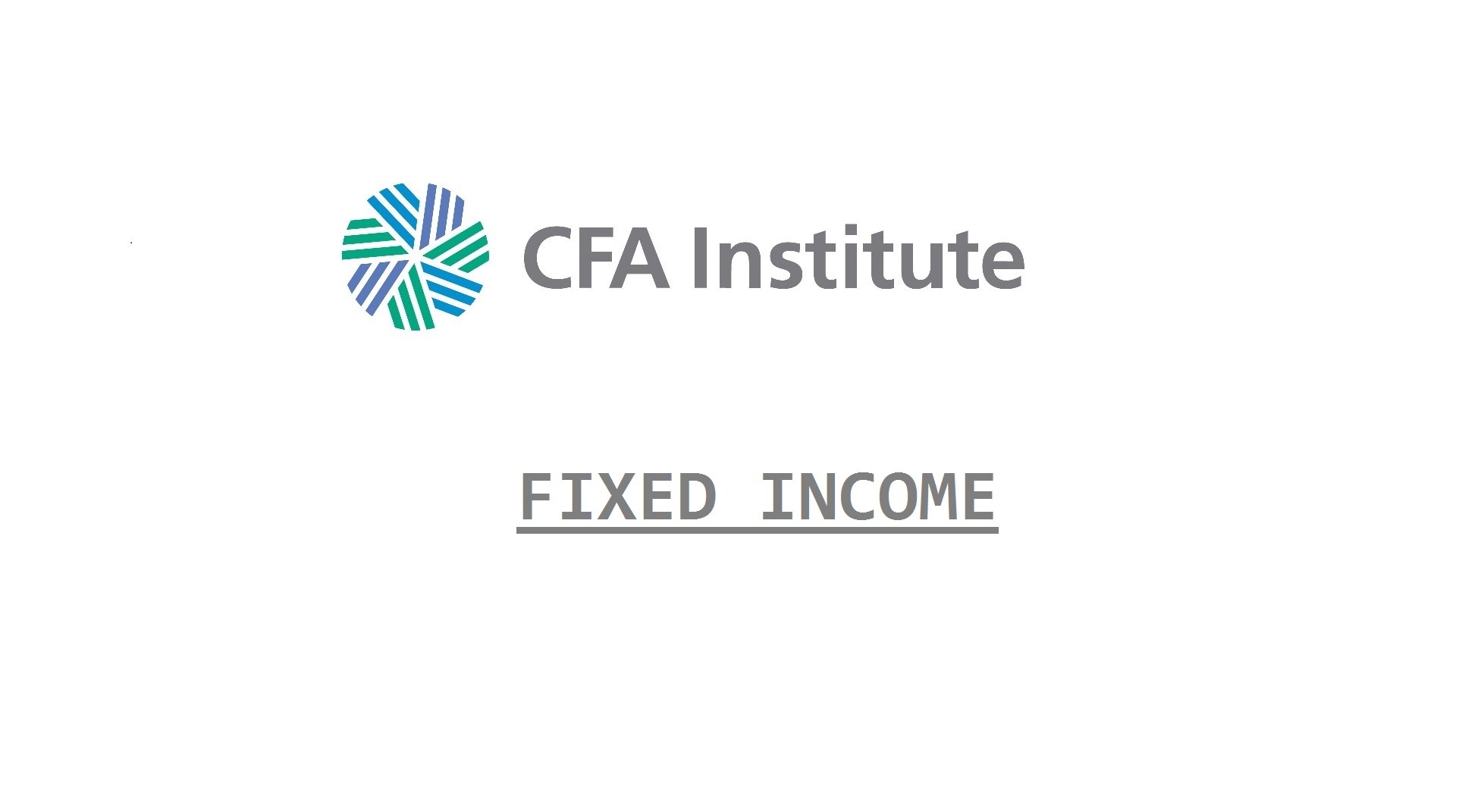Fixed income is the largest segment of world financial markets. (Real estate may be larger but is not being treated as a financial market in this comment.) The fixed-income market is highly varied.
Fixed-income securities serve important roles in investment portfolios, including diversification, regular cash flows, and possible inflation hedging.
Diversification
In general, fixed income has low correlation to equity markets. Adding an asset class to an existing portfolio with a correlation of less than +1 means the same expected return can be generated with lower standard deviation and the standard deviation of the portfolio will be less than the weighted average standard deviation of the assets held in the portfolio. The lower the correlation, the greater the diversification benefit.
Importantly, these correlations are not constant over time. During a long historical period, the average correlation of returns between two asset classes may be low, but in any particular period, the correlation can differ from the average correlation. Correlation estimates can vary based on the capital market dynamics during the period when the correlations are measured. The correlation between the asset classes may increase or decrease, depending on the circumstances.
Regular Cash Flows
Most fixed income provides regular, predictable cash flow that investors can use to meet expected future obligations.
Frequently, investors will “ladder” bond portfolios by staggering the maturity dates of portfolio bonds throughout the investment horizon. This approach can help to balance price risk and reinvestment risk. Buy-and-hold portfolios can also be tailored to fit an investor’s specific investment horizon.
Inflation Hedging
Some types of bonds do provide forms of inflation protection.
Bonds with floating-rate coupons protect interest income from inflation because the reference rate should adjust for inflation.
Inflation-linked bonds provide investors with valuable inflation hedging benefits by paying a return that is directly linked to an index of consumer prices and adjusting the principal for inflation.
Summary of Inflation Protection
| Coupon | Par | |
|---|---|---|
| Fixed-coupon bonds | Not protected | Not protected |
| Inflation-linked bonds | Protected | Protected |
| Floating-coupon bonds | Protected | Not protected |
